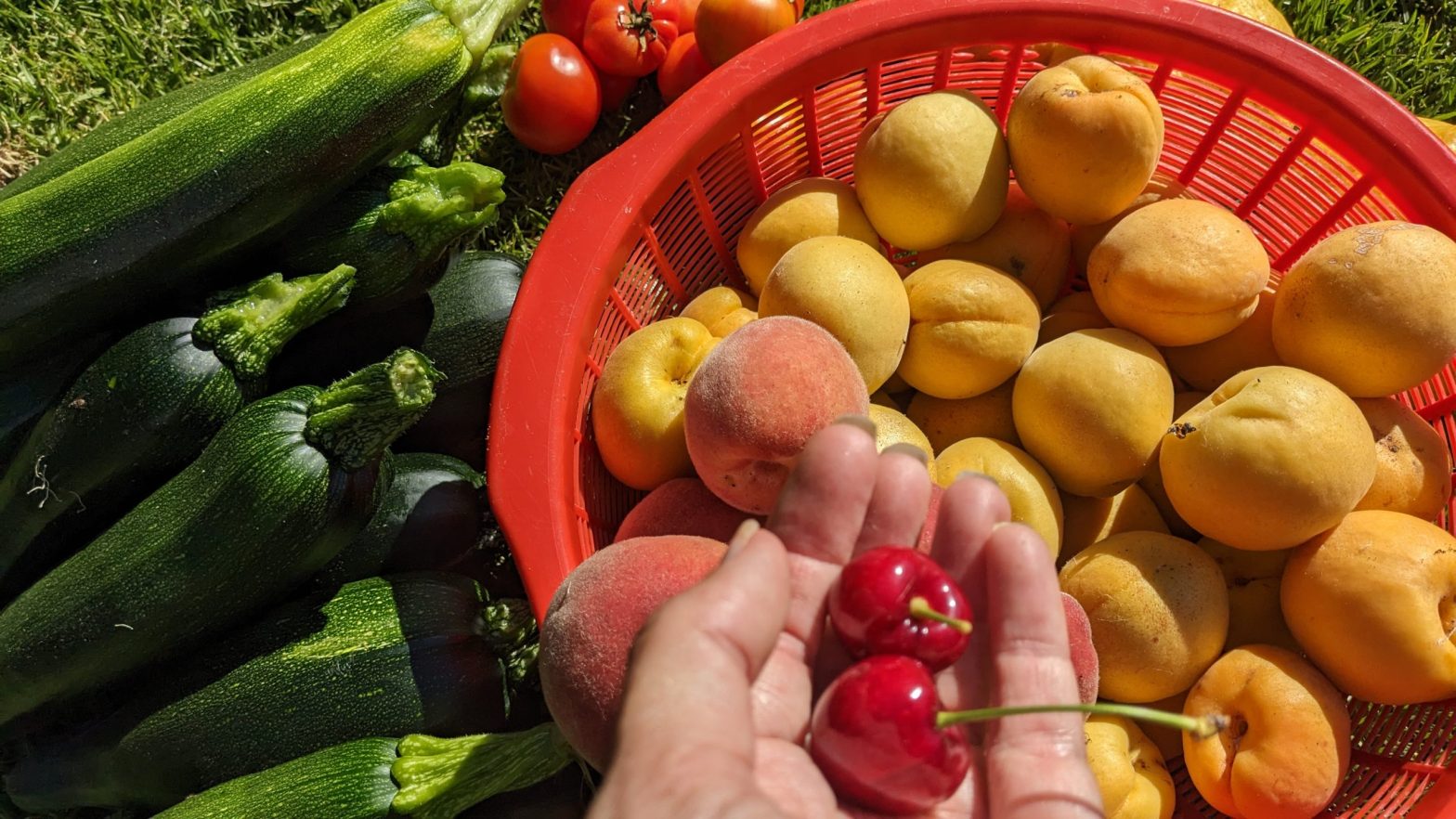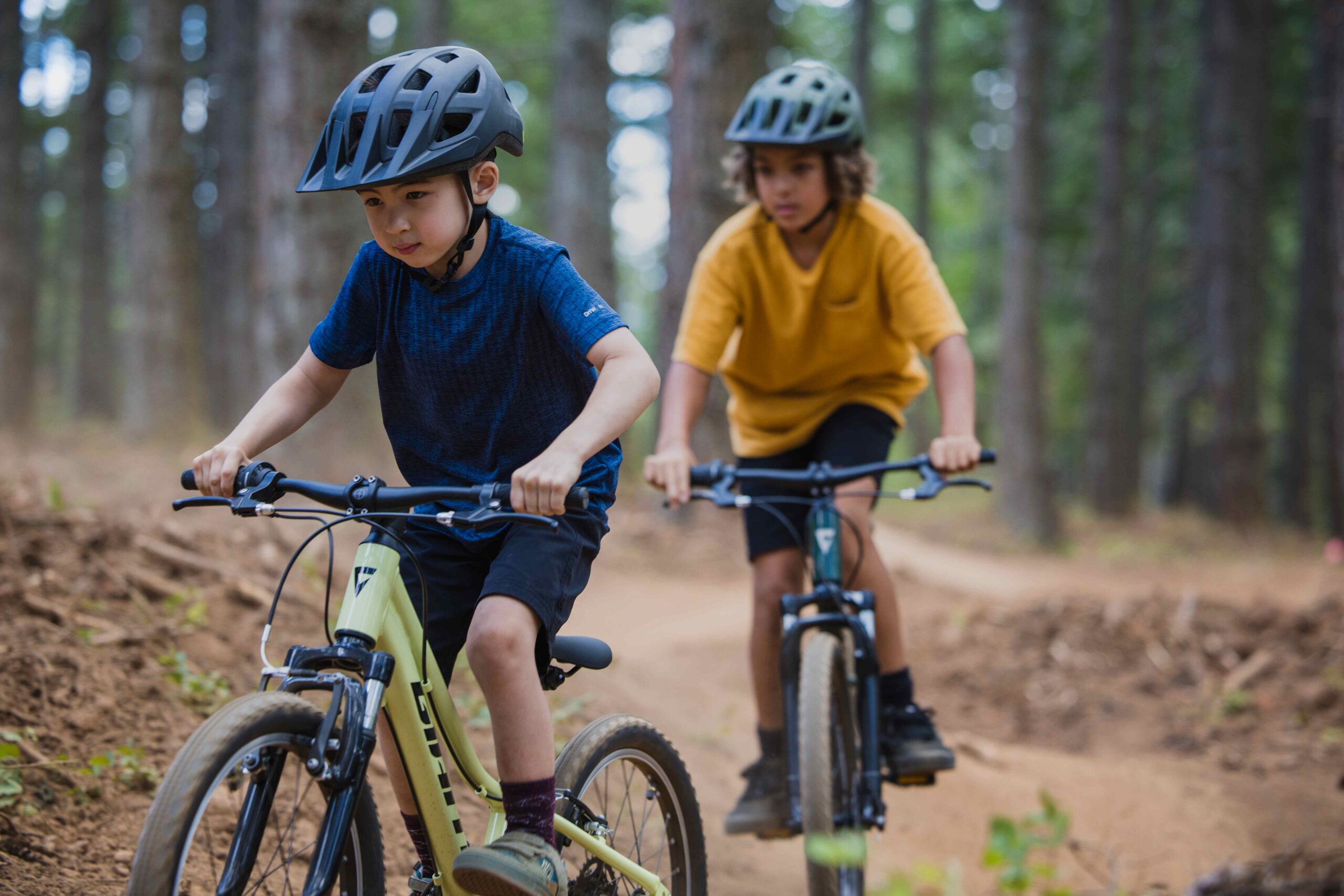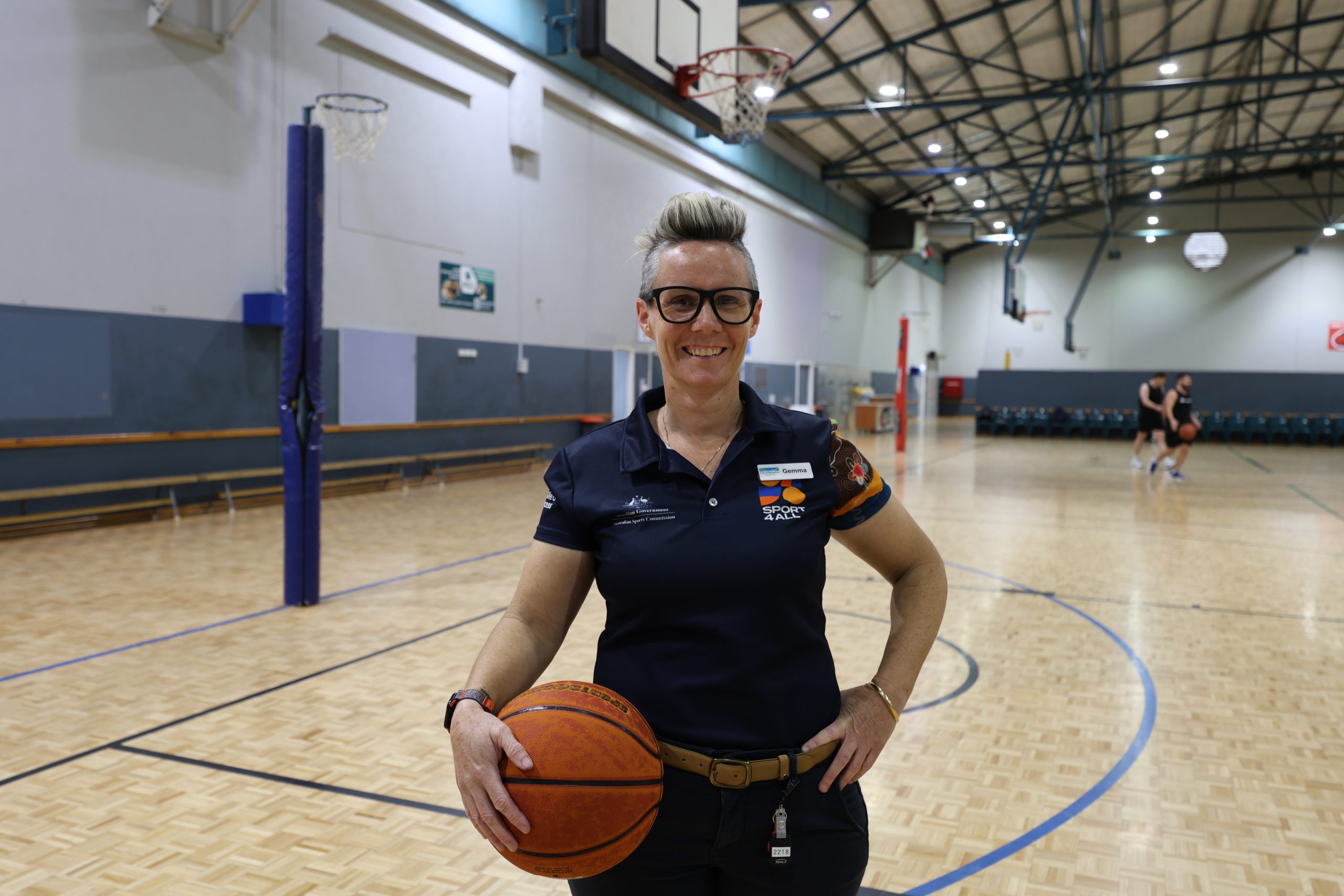Make the most of an abundant summer | In Your Patch
Midsummer is a great growing, harvesting, and preserving time of the year.
You should all be well into your zucchini and tomato harvests.
Basil is everywhere, take the time to make some pesto.
Sauce your tomatoes.
Pickle your zucchini and cucumber excess.
Stew those plums, apricots and excess peaches.
Come winter you’ll be glad you did. We’ve waited a year for our Stella cherries and enjoyed every single one of them.
Good netting is a must for most fruit trees.
Make sure your mulch is in place and continue with two deep waterings a week from your reticulation system. Hand water only when you get an extended warm period.
My rule of thumb is to hand water only on runs of five days or more with temperatures exceeding the high twenties. But I have a reticulation system. You’ll require a lot more if you don’t.
It’s also time to fertilise.
Apply in the cool of the evening or wait for a solid rain forecast.
Fruit trees are heavy feeders, citrus for example need a feed four times a year, again my rule of thumb is once every season.
You can also cut back your stone fruit once fruit has been harvested.
I do mine every year to maintain their size under bird netting.
Lawn should now be cut to its highest length.
Move the mover blades up if you haven’t already.
You may be seeing signs of powdery mildew, especially on zucchini leaves.
I don’t worry about it too much as it looks unsightly but doesn’t affect the quality of your veg.
There are many solutions on google but most require prevention (so early application) rather than cure.
The other common pest now is blossom-end rot, where zucchinis and tomatoes for example start to rot from the tip of the fruit moving back towards the main stem.
This is caused by a lack of calcium either in the soil, or more commonly in the plant’s ability to take it up and absorb it.
This can be due to heavy clay soils, and commonly, infrequent or irregular watering.
Firstly, try to be consistent with your watering regime, secondly, you could try an application of a calcium source to the soil, for example lime or eggshells.
Do not be tempted to over-fertilise as this can make the problem worse. I recently read that application of calcium will not help this season’s affected plants, but in my experience this was not true.
I saw immediate results with rotting fruit not saved, but new fruit coming through healthy and with no sign of the deficiency.
What to plant in January?
Beans, early broccoli, carrots, mouse melons (although I have so many of these prolific self seeders they’re about to run through my entire garden so a word of caution on those), capsicums (by far my favourite is the banana capsicum for this region, what a winner), chilli, eggplant, along with all time winners, lettuce and silverbeet (both shade tolerant).
You can also start your leeks and celery in trays, and all those things you’re likely sick of like basil, zucchini and tomatoes can still make it into the ground, cherry tomatoes for example will fruit well into the later months.
Keep an eye on self-seeding pumpkins that can take over a patch entirely if left to their own devices.
Enjoy the early morning lower temps to water your garden, leave it well alone during the heat of the day, and harvest just before twilight, ensuring the freshest possible produce to prepare for your dinner.
Happy gardening everyone and welcome to 2024.
Terri Sharpe is Coordinator and Garden Specialist of the Margaret River PS Kitchen Garden Program.



















